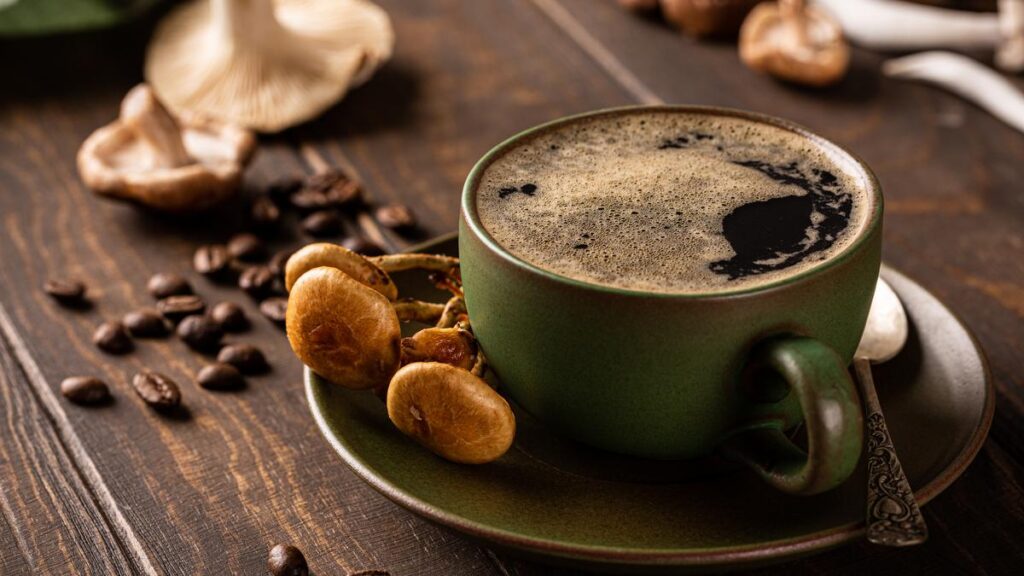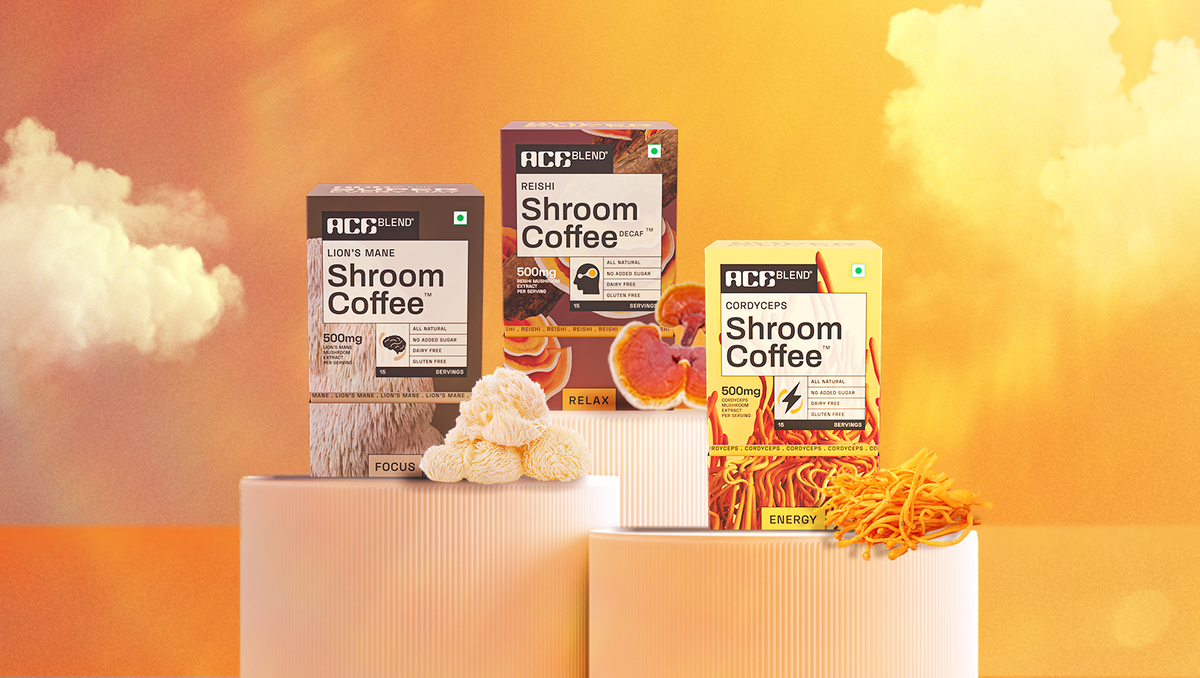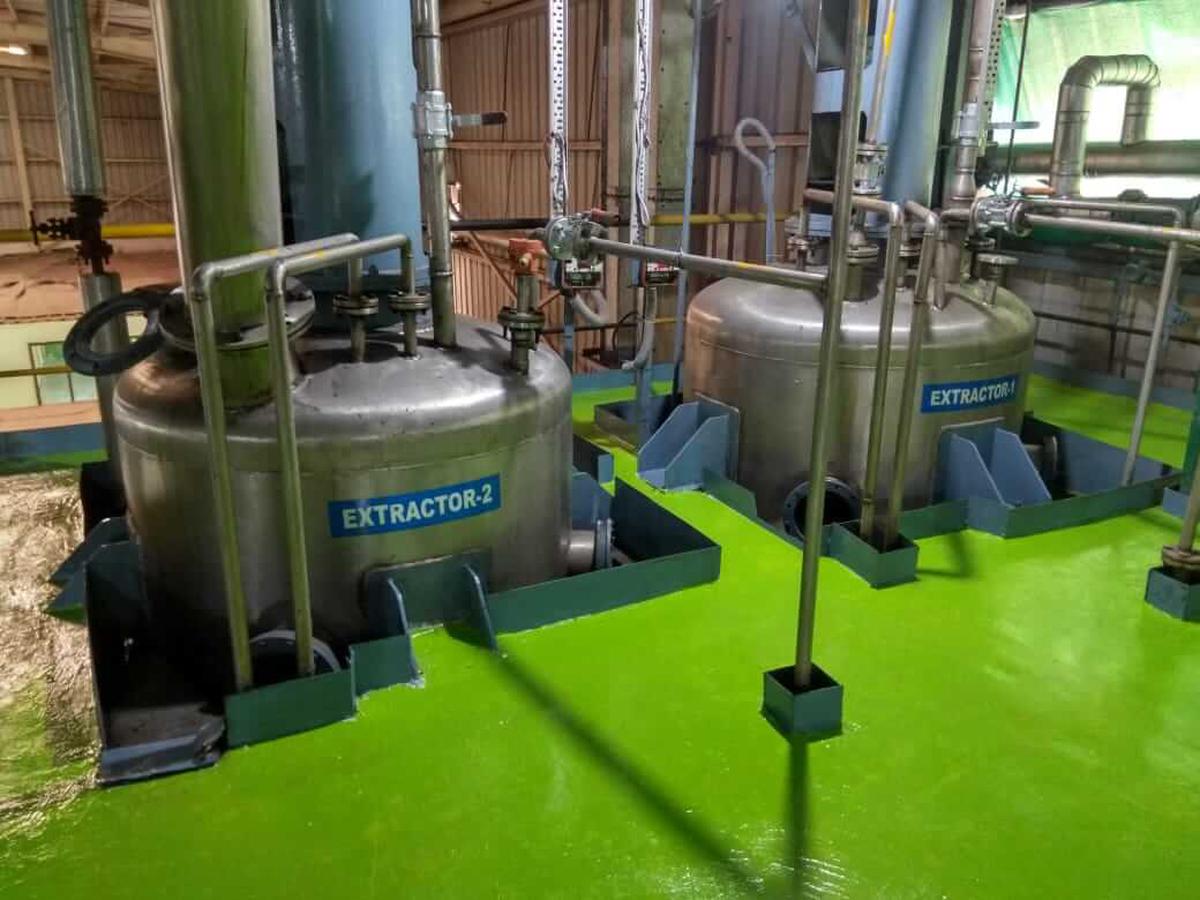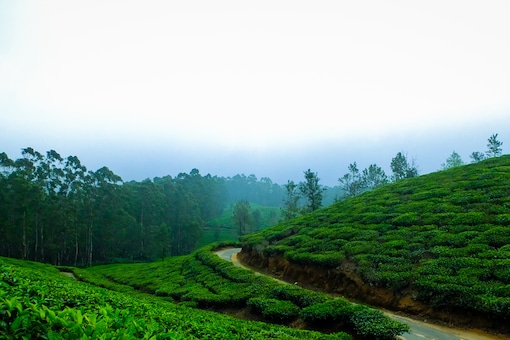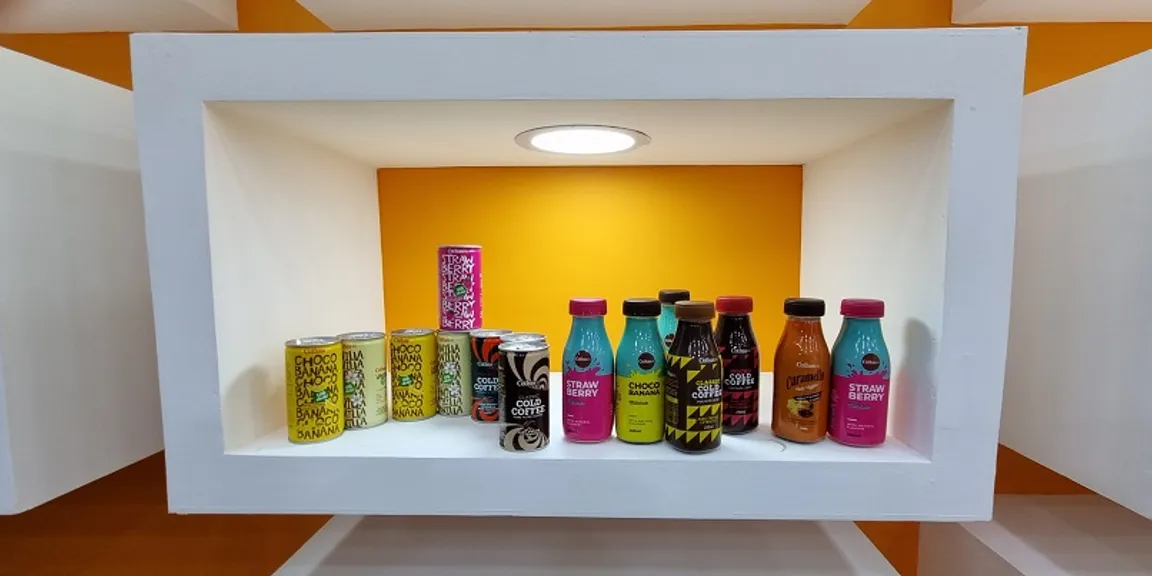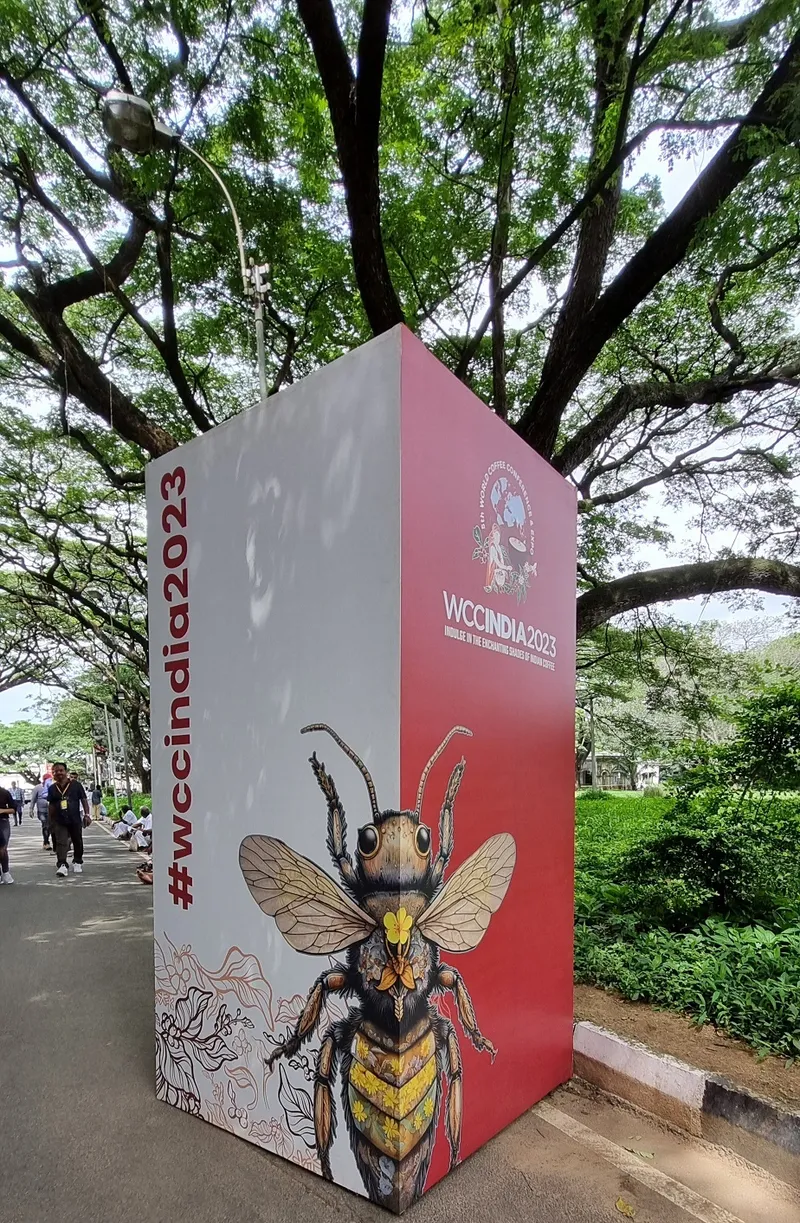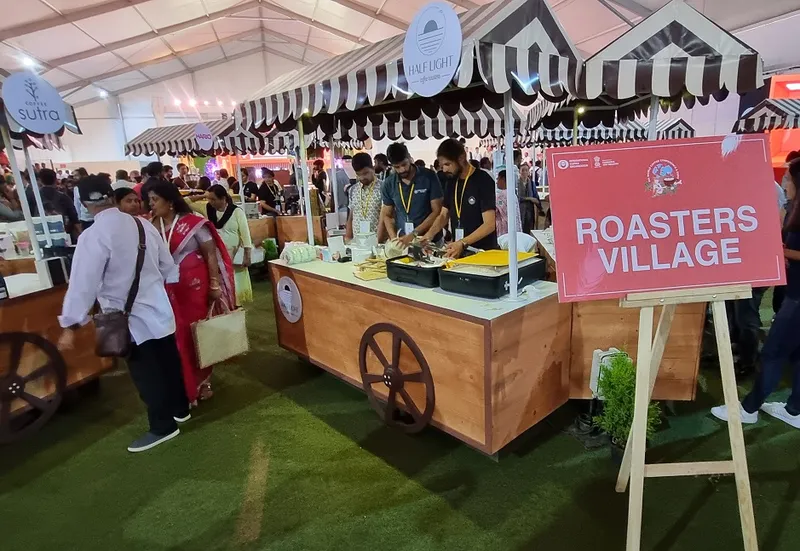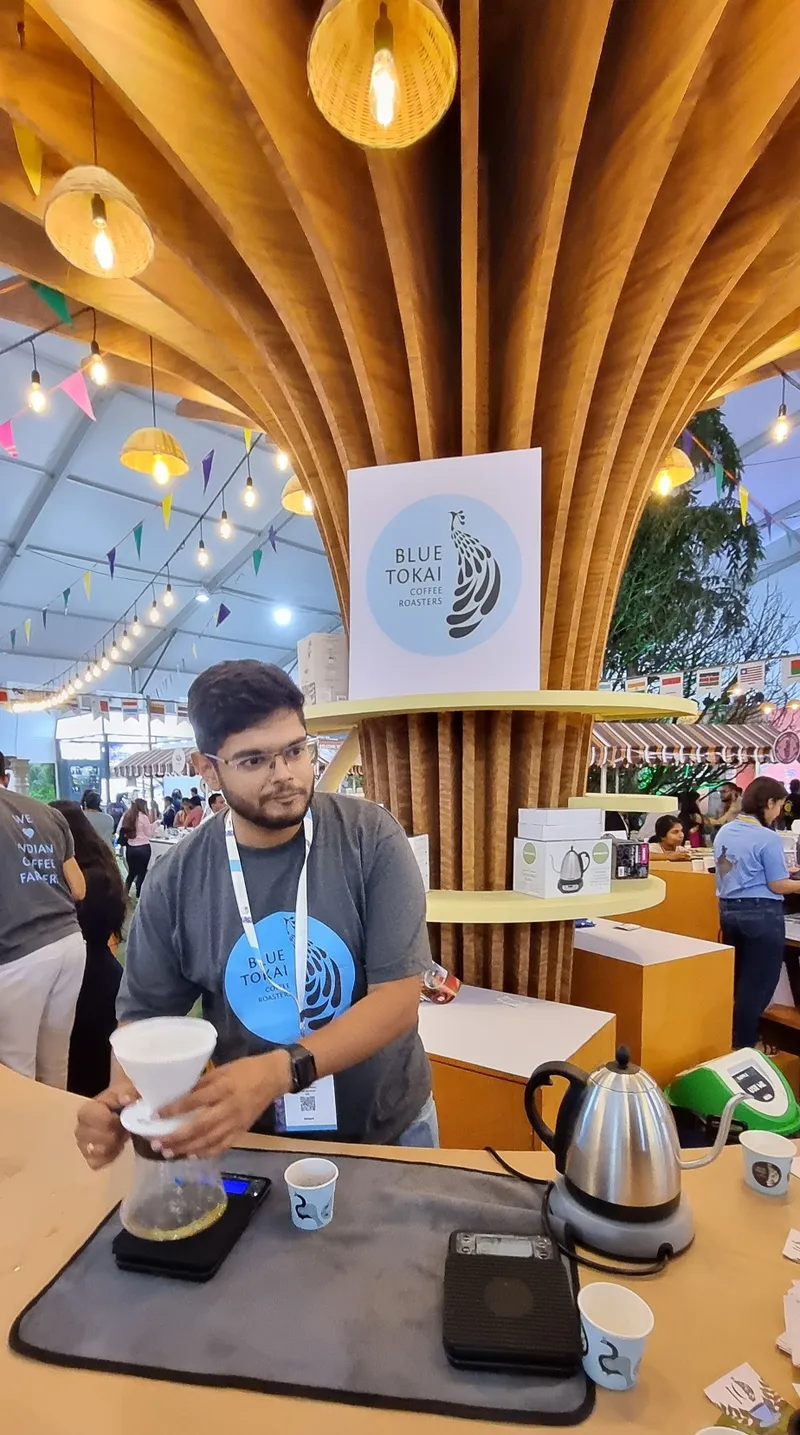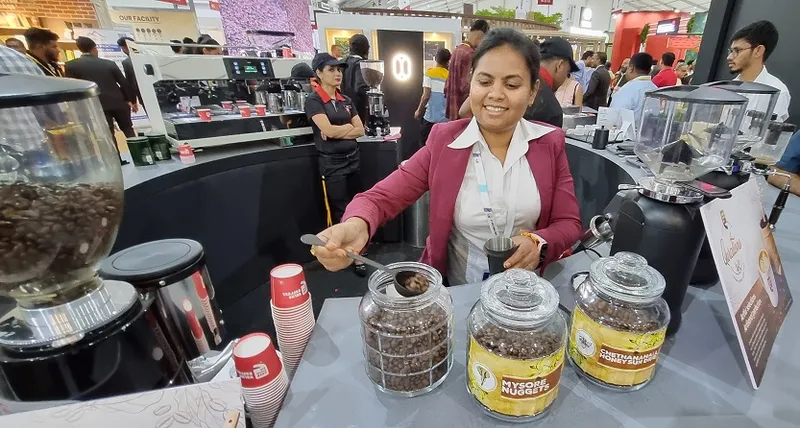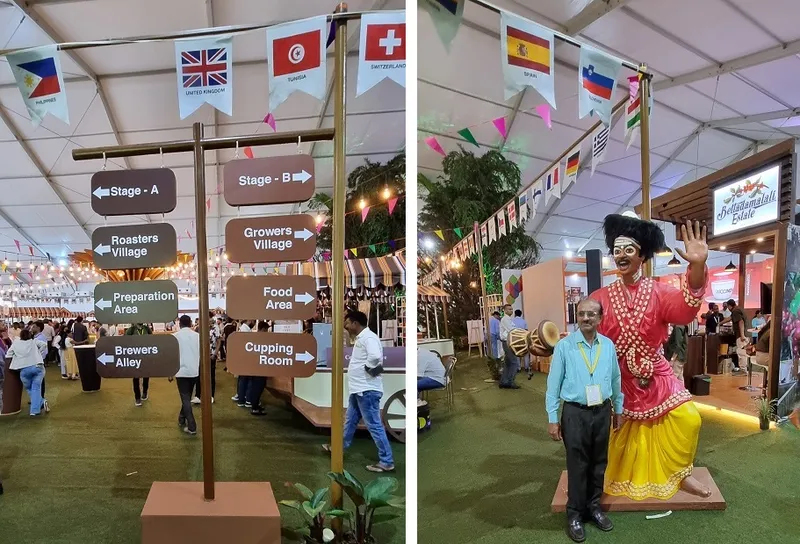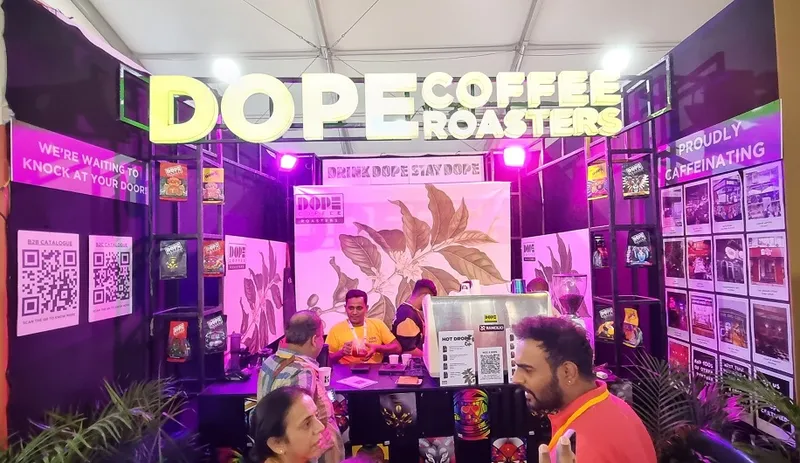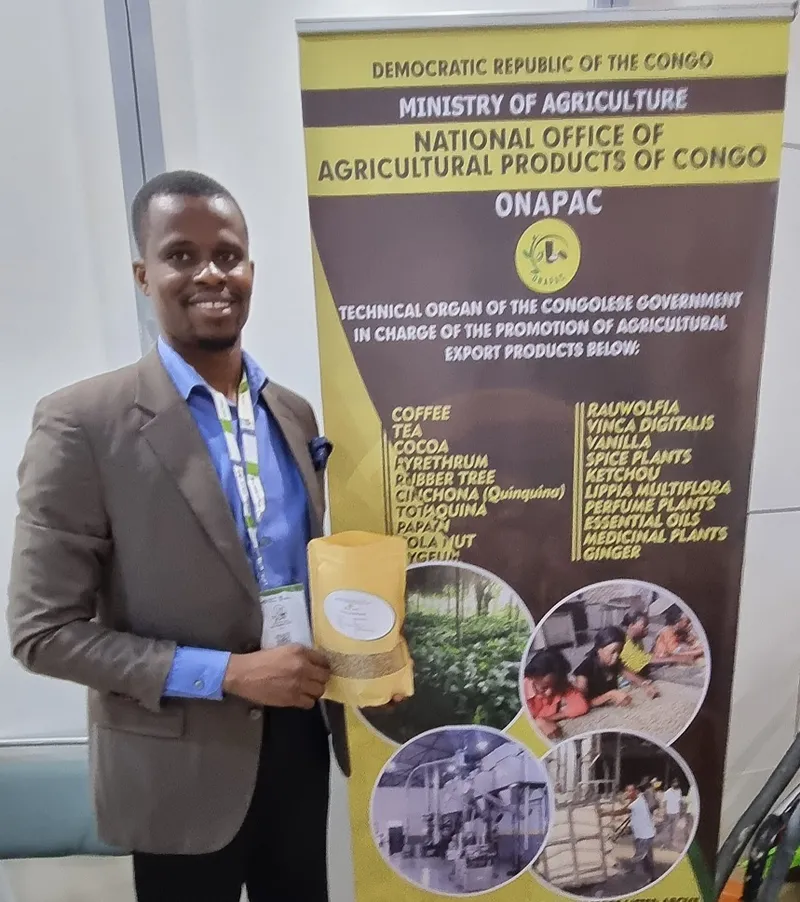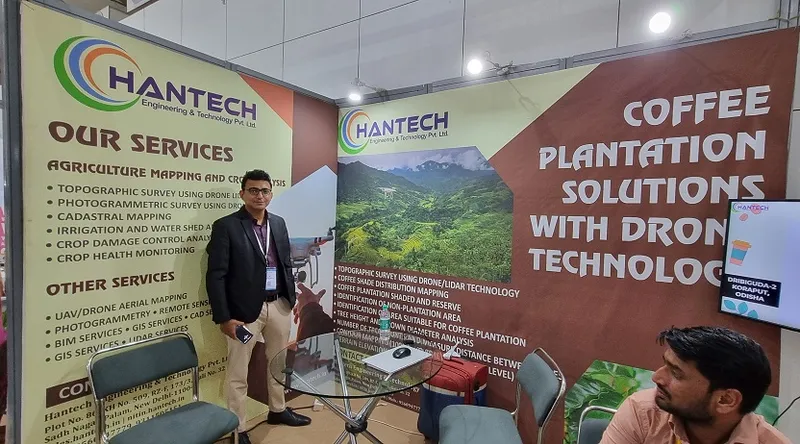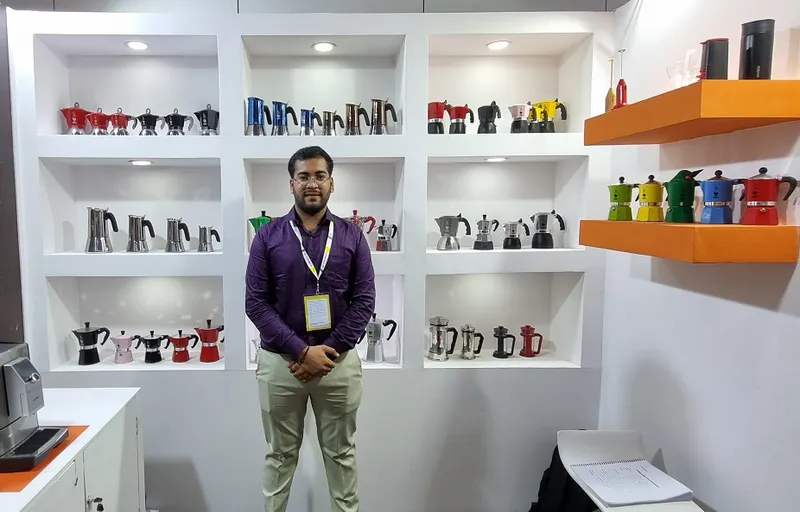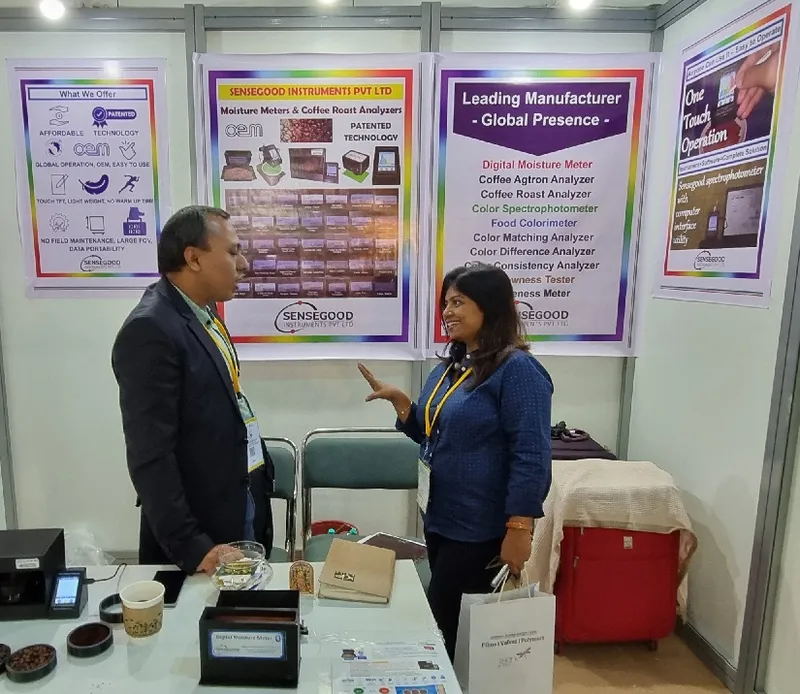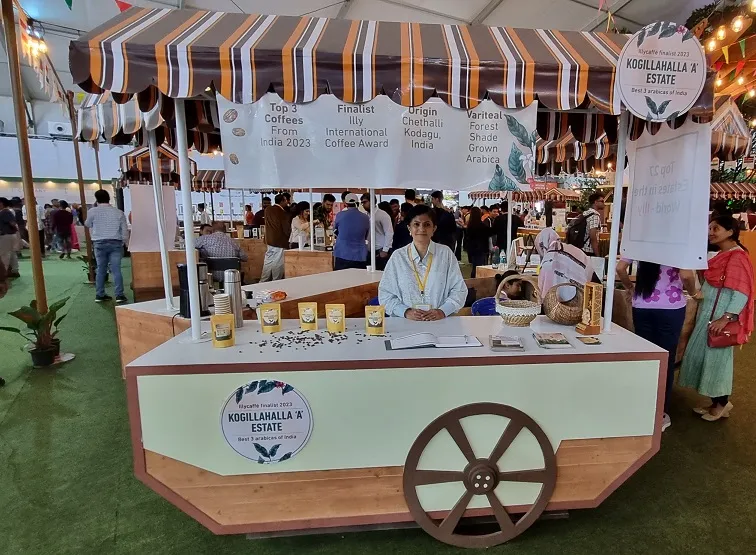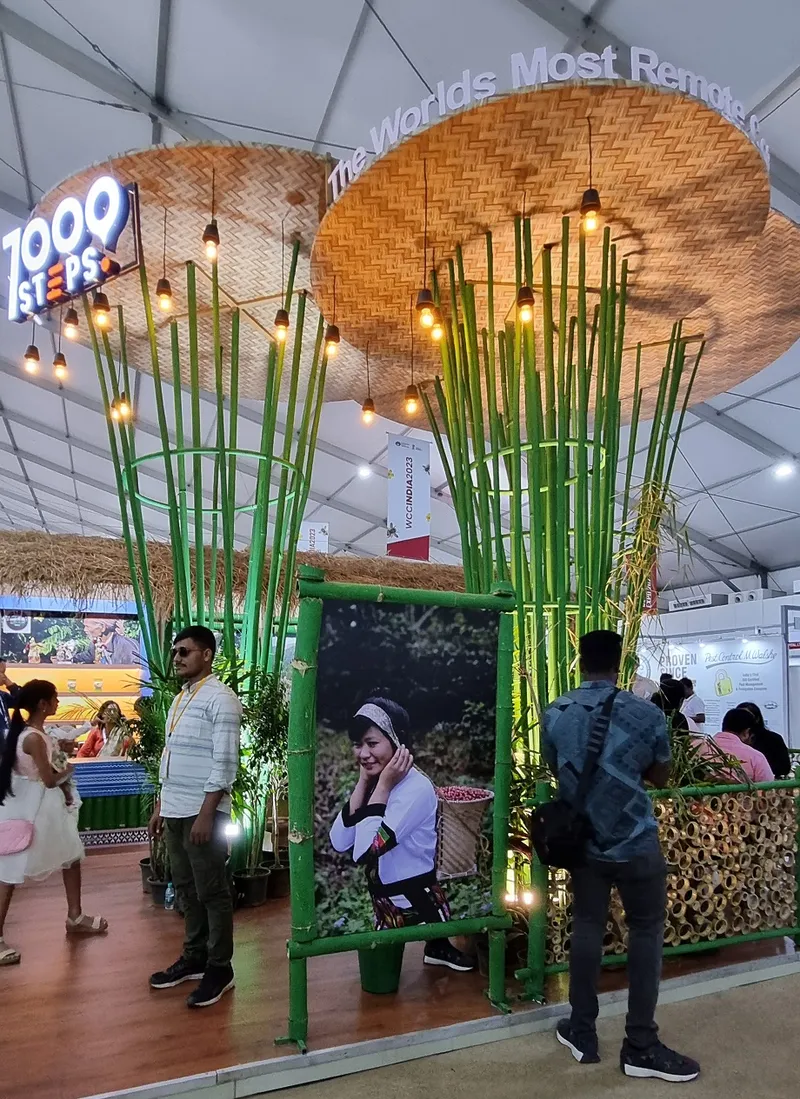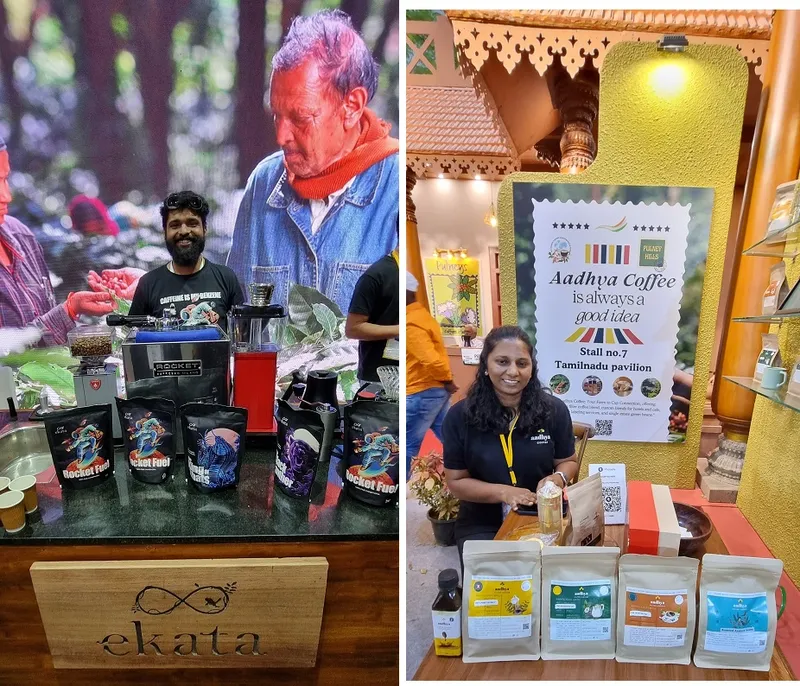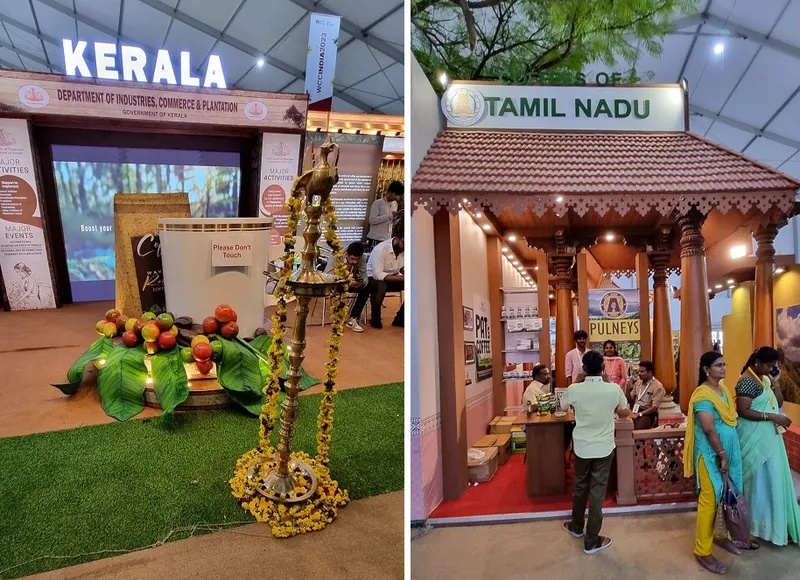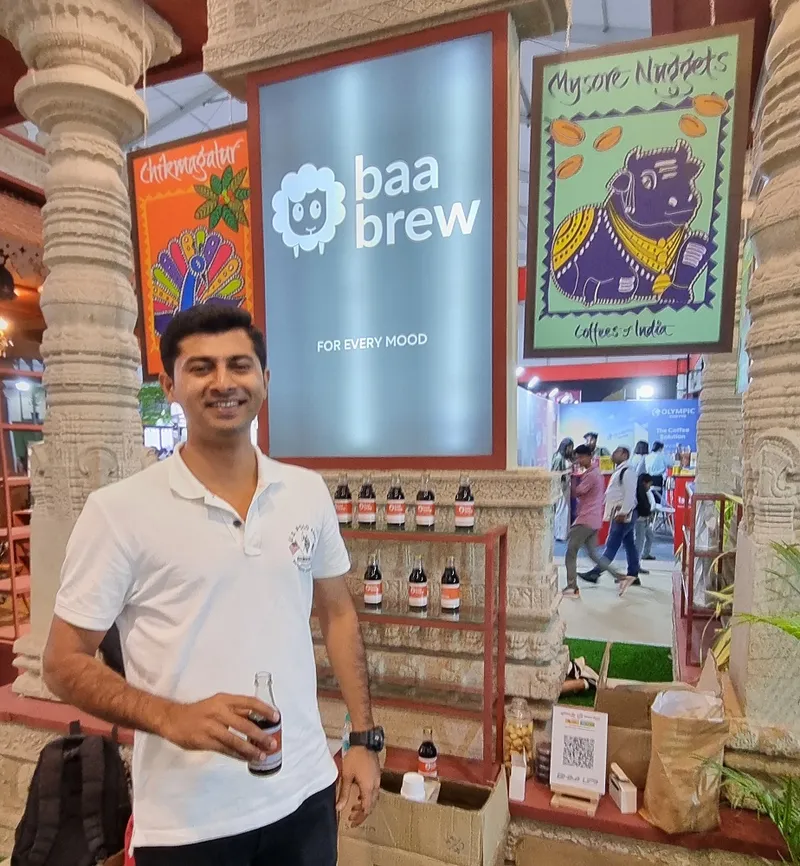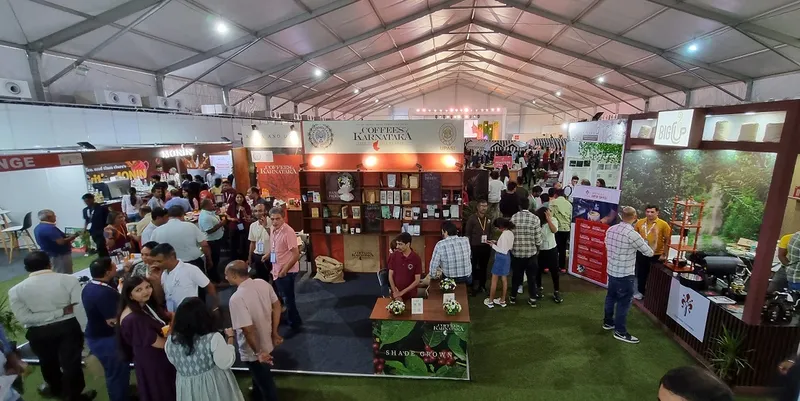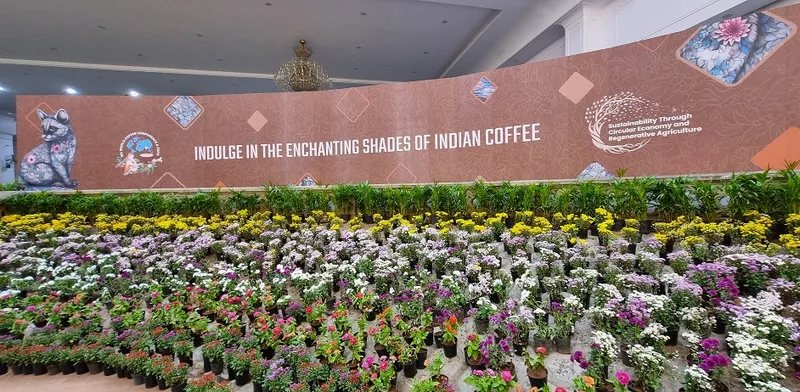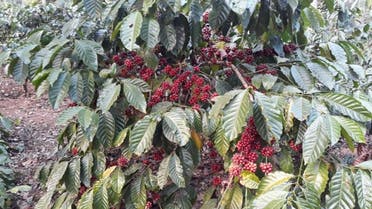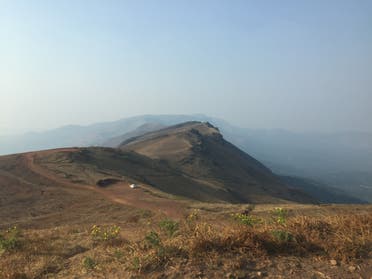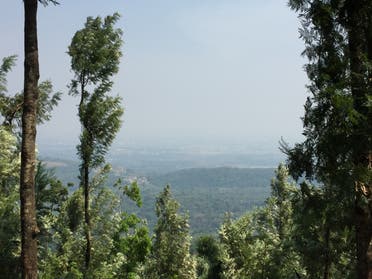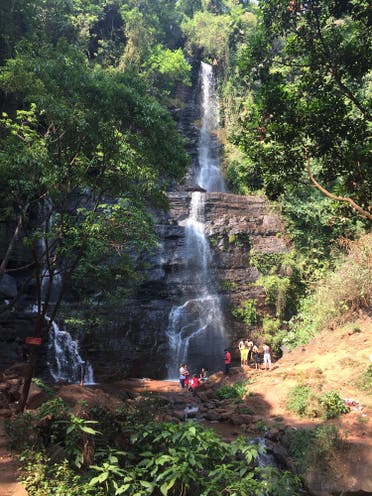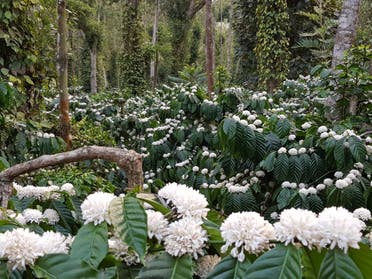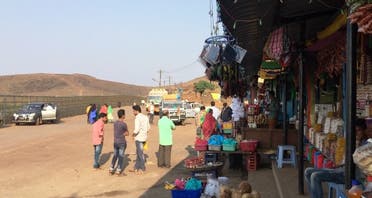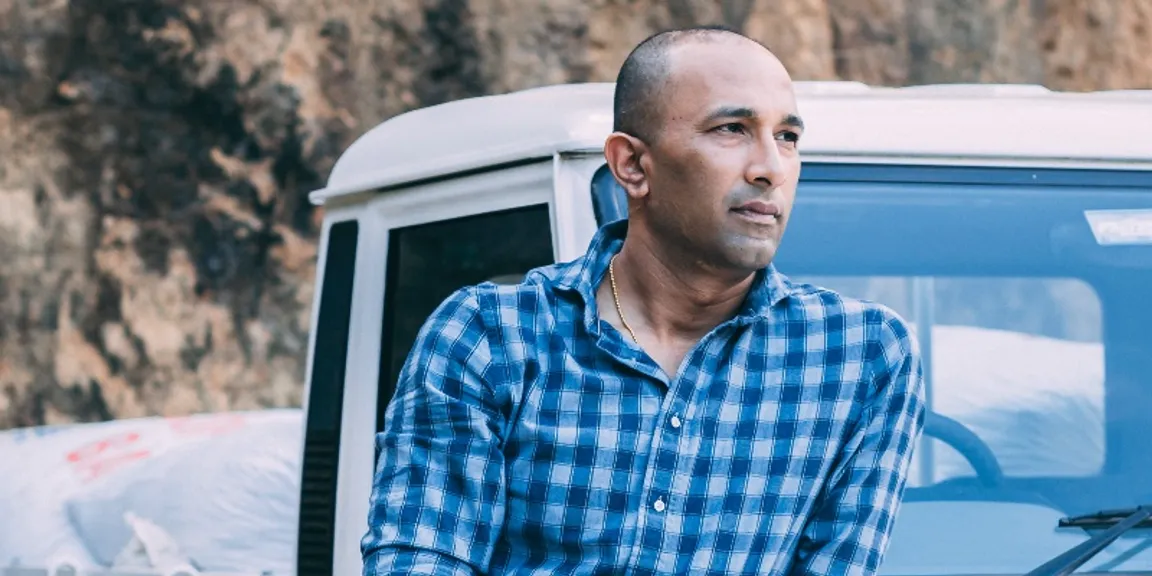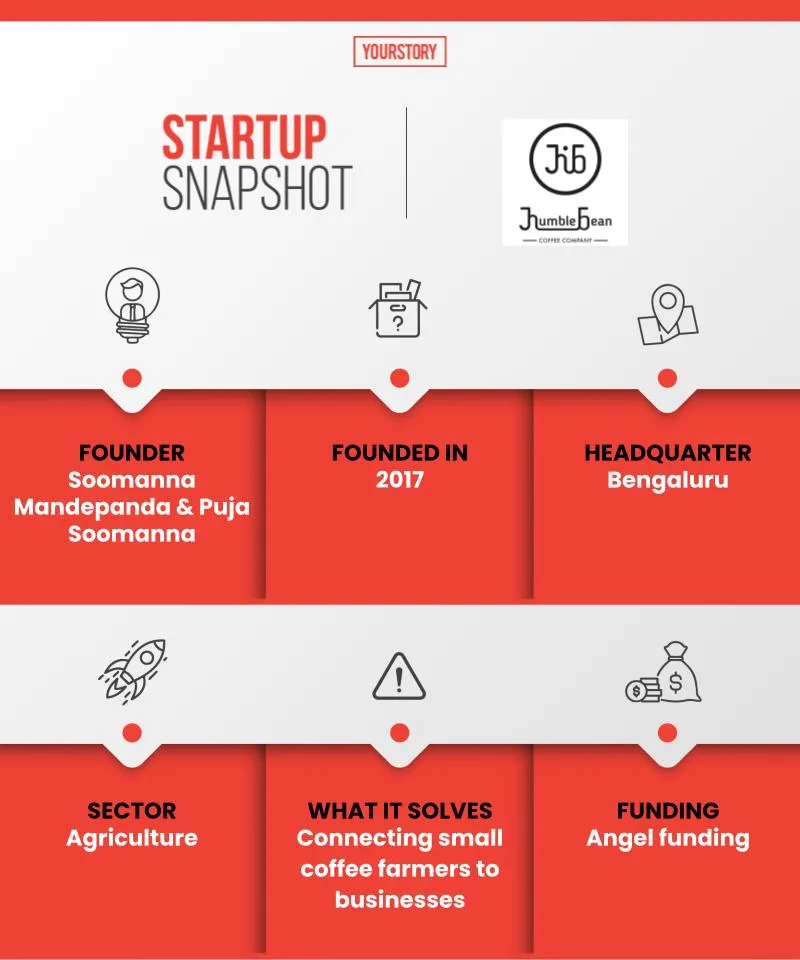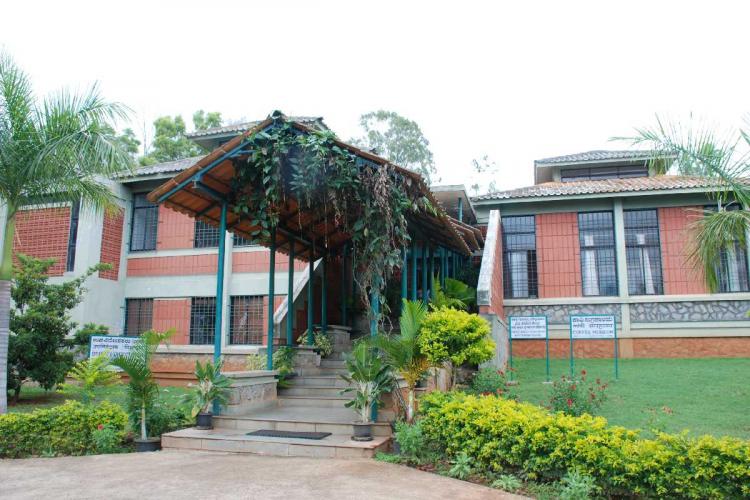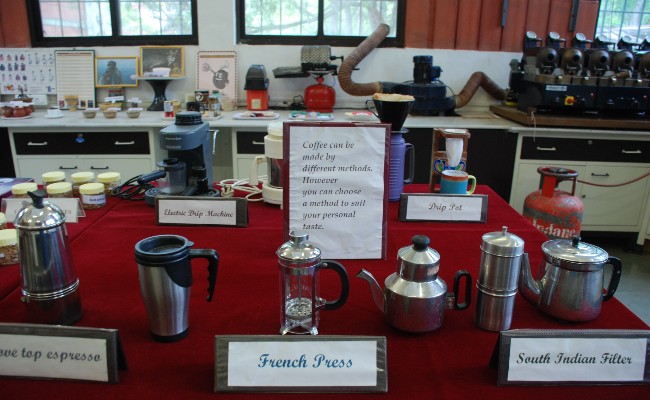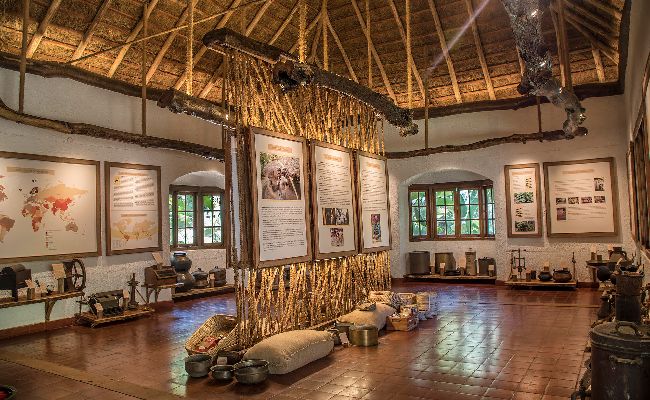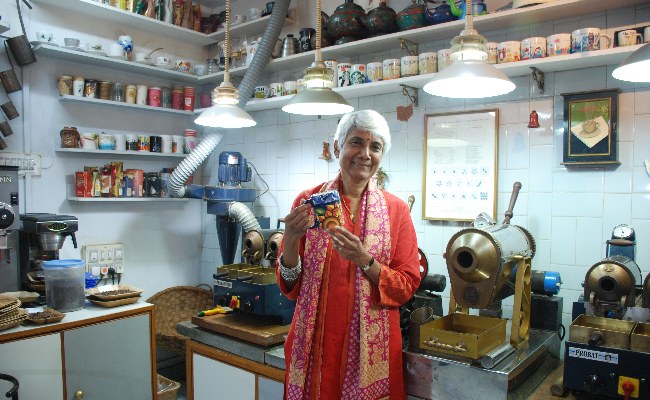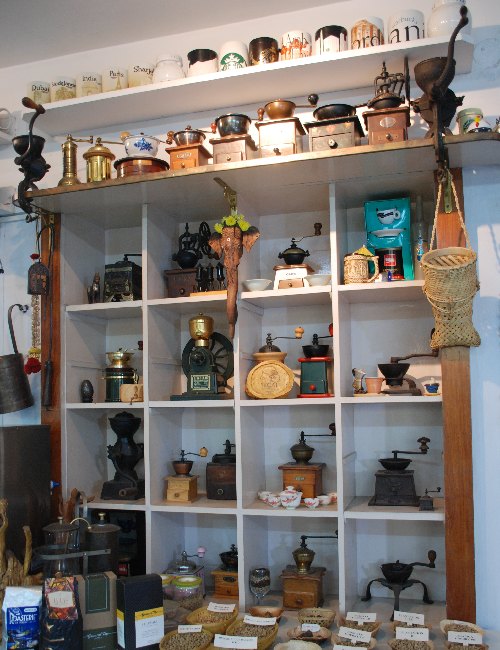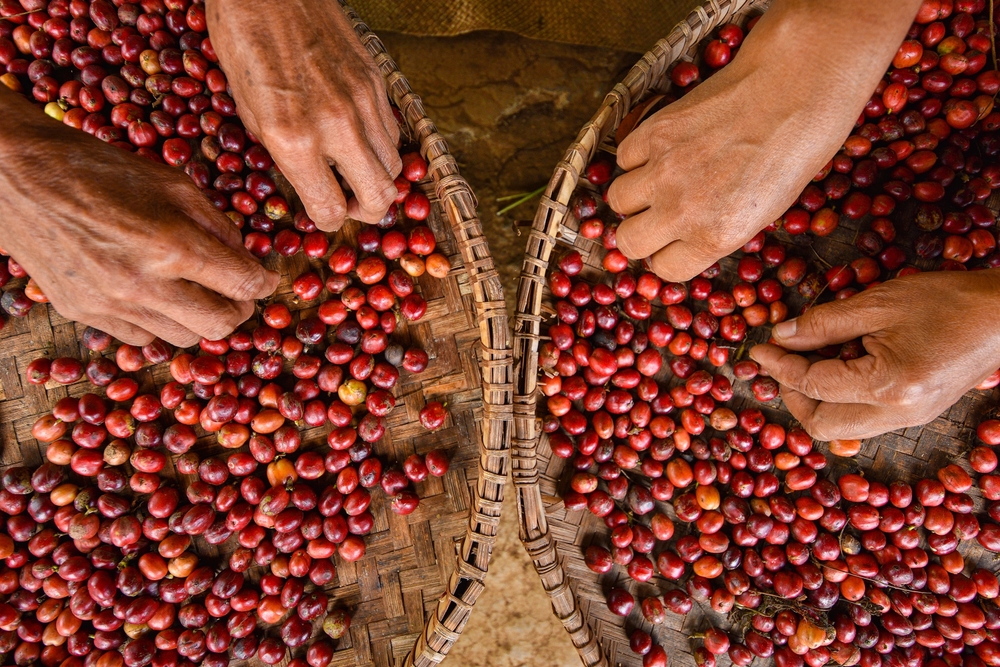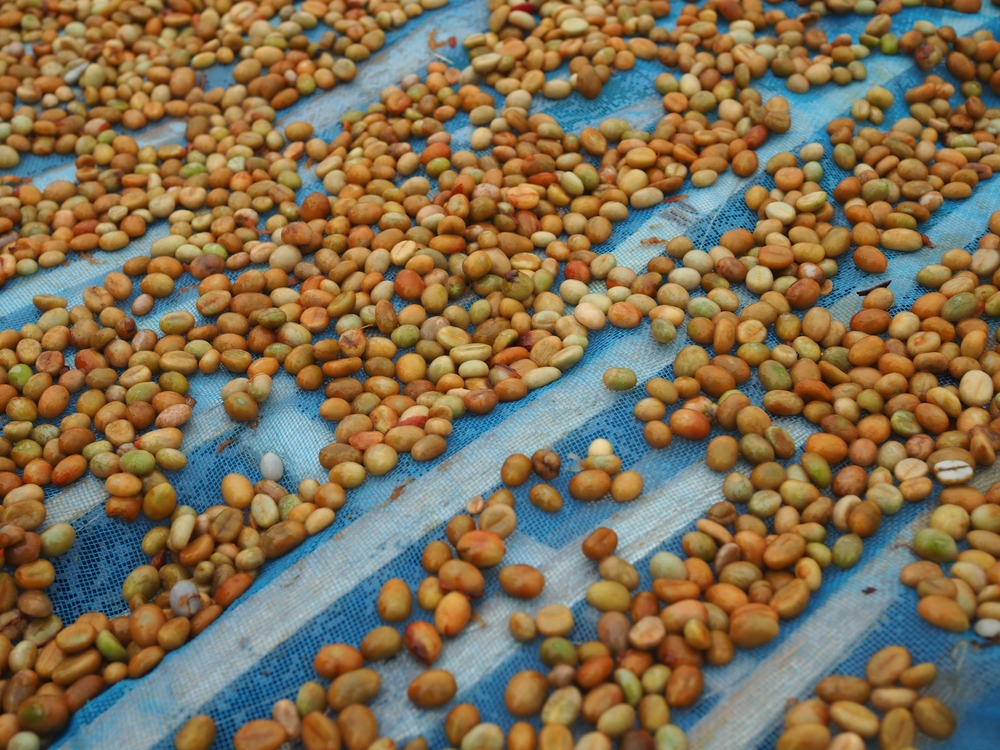While coffee’s third wave is about the quality of the beans, sustainability and single origin bean-to-cup brews, the next wave will focus on cold brews, innovation, and a new approach to coffee marketing.
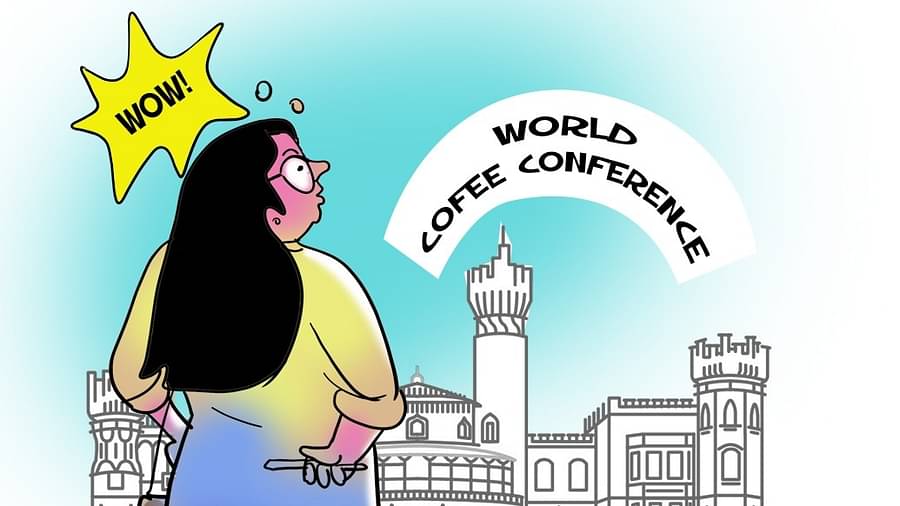
I was five when I had my first taste of coffee. It was just a few drops, milky and sweet. I insisted on tasting it, as my coffee-loving mother always felt ‘refreshed’ after drinking ‘kaapi’. As a teenager, study time started with a cup of ‘good’ instant coffee. My Tamil Brahmin best friend’s paati (grandmother) introduced me to filter coffee a few years later. Raised in Delhi in the ’90s, coffee wasn’t necessarily a hot topic. There were no cafes and coffee chains then. Latte, cappuccino, and Americano were not part of my vocabulary yet.
I enjoyed my filter coffee everyday, but I rarely ventured beyond that. Over the years, I read about the coffee varieties and trends. I considered myself a coffee lover, but it wasn’t until a month ago that I realised my understanding of coffee was limited. First, I had the opportunity of visiting a coffee plantation in Kodagu. Intrigued by what I learned there, I felt compelled to attend the World Coffee Conference at Bengaluru Palace a few days later. It was in September, around International Coffee Day. It opened to me a world of coffee, with its variety of beans, processing and brewing methods, and roasts. Since then, I have signed up for coffee cupping sessions, interacted with coffee experts and sampled unusual brews.
At the India International Coffee Festival in Bengaluru 10 years ago, I got to paint with a coffee concoction. I also participated in latte art tutorials, and got to look at the latest farming equipment being used. Much has changed since.
What’s brewing?
Living in Karnataka, a state that accounts for more than 70 per cent of the country’s total coffee production, the beverage is hard to escape. Bengaluru is home to numerous cafes, besides international chains such as Costa Coffee, Starbucks and most recently, Tim Hortons.
Awareness about coffee has grown in recent years. People are clued in on the different roasts (light, medium or dark), where their beans are sourced from (estates and regions), and their flavour profiles (broadly earthy, fruity, nutty or floral).
![[object Object]](https://images.deccanherald.com/deccanherald%2F2023-10%2F200fbc0f-b367-49f9-a989-f783ec11a1c9%2FExperiential_Web.jpg?format=webp&q=70&w=900&dpr=1)
Arabica and robusta are the most common varieties grown in India. Arabica has a smoother and sweeter flavour, with hints of fruit, chocolate, nuts, and caramel. It is used mostly for speciality coffee. Robusta coffee is known to have a strong and bitter taste. It is earthy, with notes of burnt wood. It is the most commonly used variety in South India. Low grade robusta beans are used to make instant coffee powder. Chicory, often added to coffee powder, lends it the ‘roasted’ flavour. An excess of it can make the coffee feel stronger or bitter.
Broadly, there are two types of coffee processing — natural and washed. In the natural process, the cherry is allowed to dry out completely and fermentation is uncontrolled, as it happens inside the cherry itself. In washed processing, the pulp and skin are removed but the mucilage on the bean is broken down by the yeast and bacteria on the cherry and its skin.
A recent addition to my kitchen gear is a French press. After a wait of about five minutes, you can enjoy an aromatic cup of coffee with its oils retained. At the conference, I was introduced to other options: the pour over, aeropress, siphon, Chemex and percolator.
Home cafe
One of the stalls I visited was promoting the e-commerce platform Something’s Brewing, a part of Kaapi Machines, a company that sells coffee equipment and accessories. The start-up was born during the pandemic.
Vivek Vishwanathan, a representative of the company, took me through how I could brew a good cuppa with their Budan espresso machine, which has an inbuilt grinder. The brew, made from arabica coffee, had a heavy body and was intense on the palate. It tasted like it was processed with its oils, giving it the thick consistency that one experiences at good cafes. The machine is a time saver, he told me. He stressed the importance of the right grind size for each brewing method, the quality of coffee beans, and the importance of tamping the coffee evenly in the portafilter while brewing.
Of the many unique coffees I have tried, the bubblegum coffee and the toffee coffee from Hatti Kaapi have stayed in my mind. They brought back memories of Boomer, the strawberry-flavoured bubblegum of my childhood, and old-fashioned caramel candies.
The Coffee Board of India classifies speciality coffee into five broad categories — decaffeinated coffee (coffee with caffeine removed artificially), organic coffee (grown without using chemicals and pesticides), high grown coffee (grown at higher elevations — 4,000 ft and above), estate coffee or single origin coffees (highlighted by the special features of the estate it is grown in), and variety coffee (Indian varieties like Kents, Agaro, Cioccie, and CxR, which stand out for their quality).
Kents is a varietal of the arabica, and is known for better yield and its resistance to leaf rust, while CxR is a robusta coffee, developed for better yield and a better flavour profile. Agaro coffee is an arabica variety, mostly grown in Ethiopia. It is found in few farms in India. Cioccie is also an old Ethiopian variety.
In terms of speciality coffee, India has a long way to go, says Abhinav Mathur, managing director of Kaapi Machines. “The popularity of speciality roasters is just kicking off in our country, with companies like Blue Tokai Coffee Roasters and Third Wave Coffee Roasters getting funding,” he shared.
In the near future, beverage types will go through more innovations, he said. Abhinav says a majority of their consumers are well-travelled professionals who have sampled coffees across the world, and “the curious Gen-Z crowd who are getting started early”. “They ask many questions, some of which even we have to research. They are value and sustainability conscious, and are aware of the various flavour profiles and coffee types available now,” he added.
While coffee’s third wave is about the quality of the beans, sustainability and single origin bean-to-cup brews, the next wave will focus on cold brews, innovation, and a new approach to coffee marketing. Coffee experts say that innovation will revolve around home brewing and speciality equipment.
Farm to cup
Some are also paying attention to how their coffee is grown. I spoke to A M Ganapathy, the owner of Vivekananda Coffee Estate, a family-owned plantation in Chettalli, Kodagu. Here, regenerative agricultural practices put together by the Speciality Coffee Association, a trade body, have been diligently implemented.
The practices help improve the quality of the soil. “Increasingly, there is a demand for chemical-free coffee. Regenerative agriculture is a holistic farming system that focuses on soil health, food quality, biodiversity improvement, water and air quality. It improves soil health through practices that increase soil organic matter. It also aims at enhancing water holding capacity and carbon sequestration. The government is encouraging farmers to take up this practice,” Ganapathy explained.
The process also supports biodiversity and returns carbon and nutrients to the soil. “Soil organic carbon and soil organic matter are vital for plant growth. It also facilitates water infiltration, retention and nutrient cycling, reduces erosion, and provides habitat and food for diverse species,” he added.
Regenerative agriculture includes cover crops (that are planted to cover the soil rather than for the purpose of being harvested), integration of livestock and reduced or zero tillage, he shared. “Our annual yield is moderate and varies between three-fourth to one tonne per acre,” he said.
Taste notes
My newfound interest in brewing methods and roasts led me to sign up for a few tasting experiences. At the Starbucks Coffee outlet on Lavelle Road, Bengaluru, cupping sessions are held regularly. At one of their sessions, I tried their Diwali Blend and the Single Origin Kenya Coffee, sourced from Kenya.
At the slow coffee bar, four brewing methods awaited me — a siphon, Chemex, French press, and pour over. Though I had seen them at the Conference, I was taken by the chemistry lab-like setup. It was fascinating to watch the Diwali Blend being made in the siphon, and the Kenyan coffee in a Chemex.
The siphon is a vacuum-filtration method, which uses halogen lights to heat water. The movement of evaporated water from the lower chamber to the upper chamber and back was theatrical to watch. The Chemex is considered a hybrid brewing method. Its one-piece hourglass shape with a collar looked decorative, more than like coffee equipment.
The Diwali Blend was a blonde roast. It was sweet and aromatic (it had notes of dusted cocoa, apricot, and dried ginger). I took a whiff of the freshly ground Kenyan coffee. It was floral and fruity. When I took a sip it made my mouth water. This meant that it was highly acidic, I was told.
The brewmaster, Madhav, explained: “The brewing methods are based on how one likes one’s coffee, keeping in mind factors like intensity and taste.” Each brewing method has its own characteristics. A siphon is said to produce a delicate and aromatic cup, while the Chemex with its triple-layer paper filter makes a smooth and clean cup. The pour over method makes a cup of rich, clean and balanced coffee, and the French press is used to make a full-bodied, thick cup of coffee, where the oils are retained.
I then tasted the Sumatran coffee (a single origin coffee from Indonesia) made in a pour over. It had earthy and herbal notes. One whiff of it reminded me of the first rains of the monsoon season.
I also tasted two cold brews — one made with coarsely ground Kenyan coffee (smooth and sweet) and a nitrogen cold brew (infused with nitrogen) of the same bean, which was creamy, refreshing and smooth.
The interesting part about such cupping sessions is the number of common and not-so-common facts one comes across.
Slurping is important in the coffee world. At the handful of coffee cupping sessions I have attended, I was urged to slurp the drink. It is the best way to taste all the different flavour notes.
At another coffee cupping session at Maverick & Farmer Coffee, Halasuru, Bengaluru, I tasted a coffee I have wanted to for years — the civet coffee (it was not the original Indonesian Kopi Luwak but an Indian version of the same). Often referred to as the ‘poop coffee’, it is made from partially digested coffee cherries, eaten and defecated by a civet cat. It was from Pankajam Estate in Idukki, Kerala. This Indian version had a hint of cardamom. I was informed by Ashish D’abreo, coffee roaster and co-founder of Maverick, that the coffee plants were grown on a cardamon estate, which could possibly explain the presence of the spice note.
Acidity level, aged, body, dry, earthy, fine, flat, and grassy, were some of the terms I heard being used at these sessions. They made me realise there was so much more I needed to learn.
A Plantation Tour
A visit to Yemmigoondi estate in Pollibetta, Kodagu, owned by Tata Coffee, threw light on how these plants grow and are harvested. The plantation was spread across 1,500 acres (600 odd hectares). As I took in the view of the arabica plants on the left and the robusta plants on the right, I wondered when they would harvest. A company representative told us that robusta are stouter and grow almost twice the size of an arabica plant. “For robusta, the space maintained between two plants is around 10x10ft. After applying fertiliser and culturing, robusta starts yielding by the fifth year. Arabica gives yield by the fourth year,” he added.
I learnt that the two varieties require unique environments to thrive — robusta plants are smaller in number and need more heat. Arabica starts maturing by November, and robusta matures around December. Robusta makes up 60% of the estate’s entire crop, I was told.
Puneet Das, from Tata Consumer Products, explained that consumption of instant coffee remains high in the country. “For the south of the country, where coffee is a regular habit, hyperlocalisation as a strategy works as it has native appeal. Our new coffee decoctions like Chukku Kaapi (a popular Kerala drink made from dry ginger, black pepper and coffee powder), and the Coorg Kaapi are some examples,” he said.
What is a Wave in the Coffee World ?
It refers to a period of time in the evolution of coffee. The field has gone through several big changes and innovations. The first wave (started in the 1800s) represented a shift from coffee being a novelty drink to a commodity. In the second wave (started in the 1970s), it became a culture (characterised by the arrival of coffee chains). The third wave (started in the 2000s) revolves around consumer awareness, focus on flavour profiles and the coffee bean.
The fourth wave is said to be dominated by innovation. Coffee experts say that we are now entering the fourth wave. In coffee innovation, fermentation plays an important role in unlocking or creating new flavours. In the last decade, farmers have exprerimented with many controlled fermentation processes, while working with temperature, or introduction of yeast and bacteria from other fruits. Ashish, of Maverick, says, “In 2018, we created a fruit-fermented coffee. We introduced lightly-pulped oranges into the fermentation barrel. In another case, we extracted lactic acid from milk and added it into the fermentation, which rendered a honey flavour to the coffee,” he says. Ale yeast is also being added to fermentation barrels by many, which gives the coffee notes of beer, he adds.
Indian Market
Indian coffee is considered one of the best in the world. It fetches a high premium in the international markets. Coffee is primarily an export commodity for India, and its consumption in the domestic market is 25 to 30% of the country’s production.
Cup Facts
Brazil is the biggest coffee producing country in the world, followed by Vietnam and Colombia. India comes sixth.
Decaffeinated coffee doesn’t mean that your drink is caffeine free. The decaffeination process removes about 97% of the caffeine in the beans, but it is never 100% removed.
source: http://www.deccanherald.com / Deccan Herald / Home> Special / by Tini Sara Anien / October 28th, 2023
